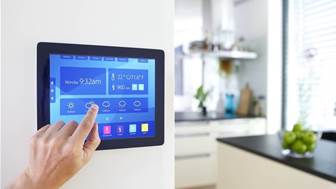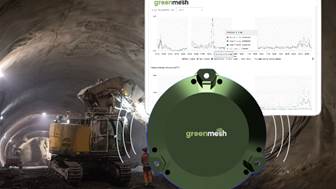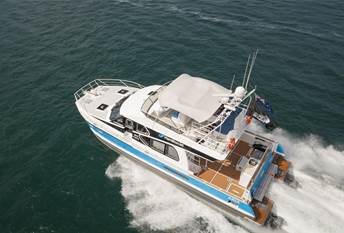The role of satellite communications in supporting environmental sustainability will be discussed at the IoT Impact conference in Sydney on May 23.
Attendees at the event, produced by Australia’s peak Internet of Things (IoT) industry body IoT Alliance Australia and media partner IoT Hub, will learn how satellite communications is helping to enable more sustainable business outcomes in Australia and globally.
The session will also unpack findings from a recent Inmarsat report, Accelerating sustainable action through the Internet of Things, highlighting satellite communications' role in supporting sustainability.
The report will be of particular interest to the mining, agriculture, oil & gas, transportation, and utilities sectors. It reports huge enthusiasm for IoT in these industry sectors –most respondents said IoT was critical to improving operational efficiencies (84 percent), commercial results (82 percent) and sustainability (82 percent).
They also said their businesses could be doing more to effectively use IoT solutions to produce the data needed to understand the impact of their ESG initiatives. Eighty percent planned to use more IoT for this purpose over the next year.
Discussing these issues on stage at IoT Impact will be Carl Statham, VP Sales and Marketing, Enterprise at Inmarsat, who will be joined by Karen Durand from partner Incitec Pivot, and Derryn Heilbuth, Founder and Executive Chairman of BWD, one of Australia’s leading independent strategic sustainability consultancies.
Comparing progress against ESG targets
Statham will describe how Inmarsat services are being used to support initiatives aimed at reducing the impact of human activity on the environment, and how IoT technologies and services can support environmental initiatives.
Inmarsat satellite connectivity is being used to connect sensors that provide real-time information on soil moisture levels in agriculture, enabling farmers to optimise the amount of water they use to irrigate crops.
Inmarsat is also providing satellite IoT connectivity for Australian company Farmbot, which provides solutions to farmers to monitor water levels remotely.
IoT connectivity, enabled by satellite communications, can also indirectly help organisations meet their environmental and sustainability goals by providing near real-time environmental data from remote areas that would otherwise be hard to collect.
Statham explains: “The benefits of connected satellite IoT in this context include anything from water conservation or energy waste reduction to fewer miles travelled and mitigating against accidents.”
“We are not only talking about enabling those benefits, but also recording and analysis of those across multiple sites – that companies can use to track progress against set ESG targets.”
Partner opportunity
Statham said Inmarsat is “looking to work with more innovative Australian solution providers, not just in the agriculture space, to help drive their growth trajectory. There are many different use cases where embedding satellite in a solution can help open up new markets.”
The global satellite network operator’s customers include governments, commercial land-based organisations and the maritime and aviation sectors, and it plays a significant role in the provision of connectivity for IoT services.
Inmarsat employs about 50 people in Australia, in offices in Sydney and Perth. Services that support IoT are handled by its Commercial and Digital Solutions team, which works through a channel model.
Multiple partners including AST, Pivotel, Marlink, Design 9 and M2M Connectivity, use Inmarsat connectivity and services to build a wide range of IoT services for customers.
Inmarsat’s ELEVATE program brings together its partner development program, ecosystem and marketplace.
Inmarsat is a sponsor of the 2023 IoT Impact conference, which will take place at the Sydney International Convention Centre on May 23. See the agenda and purchase tickets to IoT Impact 2023.







